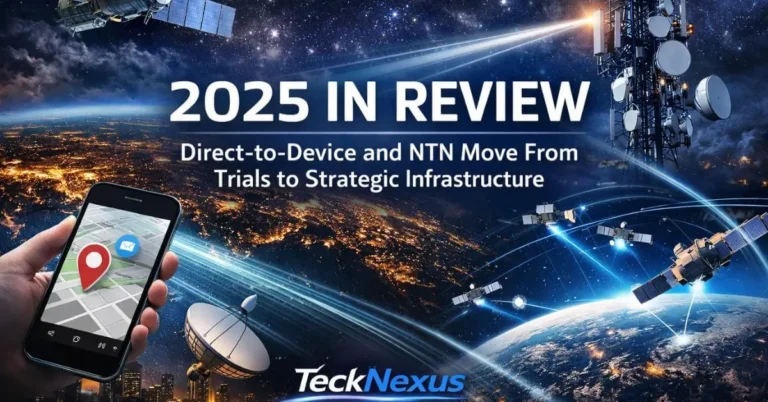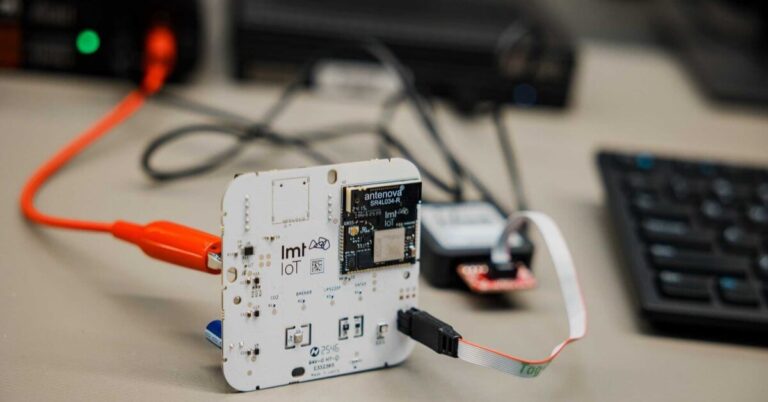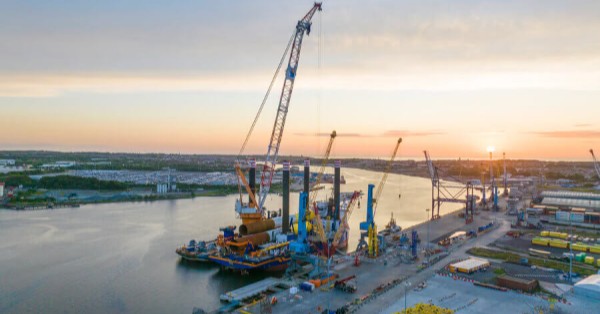BT and Starlink bring LEO home broadband to the UK’s hardest-to-reach homes
BT Group will use Starlink’s low Earth orbit (LEO) satellite broadband to extend high-speed, low-latency home connectivity to rural and remote UK premises that are uneconomic or impractical to serve with fibre or fixed wireless.
Offer overview and target customers
BT Group and its consumer brand EE plan to offer a Starlink-powered home broadband product focused on underserved locations where fixed-line build is constrained by terrain, sparsity, or cost. The offer is positioned as a complement to BT’s fibre and 4G/5G networks and is among the first tie-ups of its kind by a major European incumbent focused on consumer access rather than just backhaul.
Speeds, latency and launch timeline
The service targets “ultrafast” downlink performance, with Starlink capable of delivering up to roughly 280 Mbps and latency in the low tens of milliseconds. Commercial availability is slated for the second half of 2026, giving BT time to industrialise ordering, installation, support, and integration into its existing product catalogue and systems.
How LEO augments BT’s fibre and 4G/5G coverage
Openreach has passed more than 20 million premises with full fibre and is targeting 25 million by the end of 2026, with an ambition of 30 million by 2030. LEO fills the last 1–5% gap where full fibre is slow or uneconomic to reach, and aligns with BT’s broader space connectivity strategy: its Madley Communications Centre anchors decades of satellite operations, and EE already uses LEO, including Starlink, for mobile backhaul in rural areas.
Why it matters now
The UK’s fibre rollout is maturing, but the economics of the final few percent are challenging and the need for reliable home connectivity is now mission-critical.
Tackling the rural digital divide as fibre rollout slows
Rural connectivity remains uneven despite strong gigabit progress, and consumers expect consistent experiences for streaming, gaming, work-from-home, and access to public services. LEO gives BT a scalable way to serve dispersed properties without waiting years for infill builds or complex wayleaves.
LEO as primary home access, not only backhaul
Satcom has shifted from a resilience/backhaul role to a viable primary access path for households, thanks to LEO’s lower latency and improving capacity density. This deal signals confidence that consumer-grade LEO can be operationalised at scale within a Tier-1 telco portfolio.
Policy drivers: USO and Project Gigabit
With the Universal Service Obligation and Project Gigabit focusing on the hardest-to-reach premises, LEO can act as a bridge or permanent solution where fixed build is delayed or cost-prohibitive. It also offers a faster path to meet coverage commitments without overbuilding marginal fibre segments.
How BT’s Starlink offer differs from buying direct
To stand apart from direct-to-consumer Starlink, BT will need to add value in integration, service assurance, and customer experience.
Integration, billing and UK-based support
A BT-branded, fully supported offer that folds satellite into existing billing, credit checks, and UK-based support is materially different for many households than self-provisioning. Expect eligibility checks, maps, and ordering to be aligned with BT/EE coverage tools and consumer pathways.
CPE, whole-home Wi‑Fi and Digital Voice
BT can differentiate via managed CPE, whole-home Wi‑Fi, and Digital Voice integration, ensuring emergency call compliance and clearer pathways for vulnerable users. The model used by incumbents elsewhere (e.g., Telstra in Australia) typically includes provider routers, VoIP options, and first-line support wrapped around the satellite terminal.
Service assurance, SLAs and traffic management
Traffic prioritisation, CGNAT policies, security, and parental controls aligned to BT’s consumer portfolio could make LEO feel more “telco-grade.” Clarity on fair use policies, contention management, and proactive monitoring will be central to customer satisfaction.
Market impact and satellite ecosystem outlook
This move intensifies competition in rural access and signals how non-terrestrial networks are converging with telco roadmaps.
OneWeb, Viasat and the UK space race
While the UK is invested in Eutelsat OneWeb, its current commercial focus is stronger in enterprise and backhaul than mass-market residential. Starlink’s narrower beams and consumer distribution give it an advantage today for household access, though Viasat/Inmarsat, OneWeb, and Amazon’s Project Kuiper will shape the competitive landscape through 2027–2028.
Direct-to-Cell momentum and 3GPP NTN alignment
VMO2 has already announced Starlink-based Direct-to-Cell for roaming coverage; BT’s consumer satellite broadband underscores broader alignment with 3GPP Non-Terrestrial Networks (NTN) as mobile and satellite converge. Expect future bundling and coverage overlays that unify terrestrial and space-based access.
Pricing strategy and capacity management
Starlink in the UK currently retails direct around the mid-£70s per month with hardware fees, but BT/EE pricing is unconfirmed. The commercial challenge is to price for sparse-area economics while managing capacity hotspots via gateways, spectrum, and traffic policies.
Key risks and open questions
Execution will hinge on vendor dependence, capacity planning, regulatory compliance, and a clear eligibility framework.
Supplier dependence and regulatory obligations
Reliance on a single LEO supplier introduces supplier risk and geopolitical sensitivity. BT will need robust contractual guarantees for uptime, change management, and emergency service access, with Ofcom compliance across digital voice, 999 location, and customer protections.
Contention, fair use and gateway capacity
LEO performance varies with subscriber density and gateway load; clear fair use policies and transparent speeds at peak times will be critical. Monitoring and escalation processes should be explicit to avoid consumer backlash in high-demand clusters.
Installation constraints, weather and eligibility
Satellite terminals require clear sky views and professional mounting in some cases; rain fade and severe weather can impact higher-frequency links. Expect BT to define eligibility, site-survey processes, and fallbacks for challenging installations.
Actions for telecom leaders
Operators, local authorities, and enterprise buyers should treat LEO as a first-class access option in coverage and resilience planning.
Re-baseline rural coverage with LEO
Use LEO to close the final gaps while prioritising fibre where density and ROI warrant it. Incorporate satellite into premises-level plans for the USO, Project Gigabit lots, and community-led infill.
Engineer hybrid access and resilience with LEO
Design hybrid access (fibre/DSL + LEO or 5G + LEO) with policy-based routing, SD-WAN, and application-aware QoS to improve reliability and user experience. For SMEs and public services, position LEO as a resilient path for cloud, UC, and critical apps.
Prepare procurement and go-to-market for 2026 launch
Define eligibility criteria, customer messaging, and installation workflows ahead of the 2026 launch. Track pricing, SLAs, and device roadmaps, and monitor adjacent developments in Direct-to-Cell to inform future bundles and coverage guarantees.









































